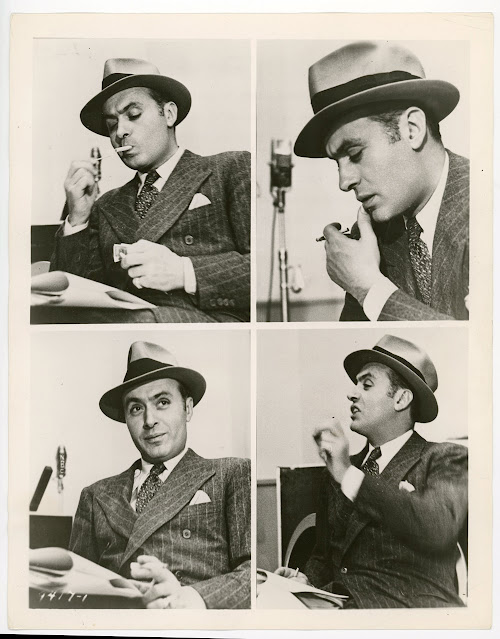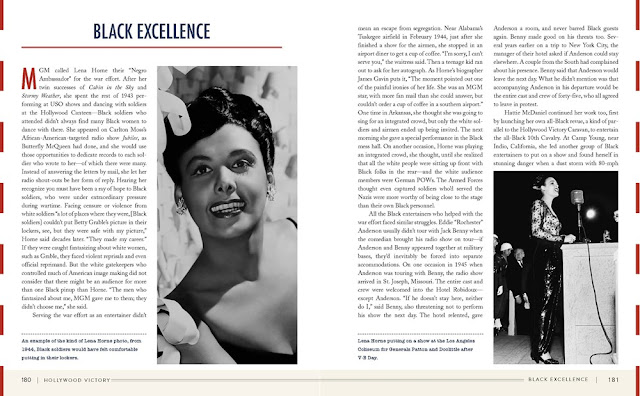It's been a long time since I've had a strong emotional reaction to a film like I had with this one. It really spoke to my soul in such a way that I was a wreck afterwards. It's brilliant, heartbreaking and soul-reviving. It breathed new life into me.
Written by acclaimed author Kazuo Ishiguro and directed by Oliver Hermanus, Living is a remake of Japanese director Akira Kurosawa's classic drama Ikiru (1952). Set in early 1950s London, the film stars Bill Nighy as Mr. Williams, a civil servant in charge of a government office that oversees projects. Mr. Williams is a widower living with his son Michael and daughter-in-law. Every day he takes the train into London to work and his routine is very set in stone. So much so that his coworkers know his routine and his quirks down pat and respect him enough to not to disturb his daily flow. His coworkers are a serious bunch with the exception of newcomer Peter Wakeling (Alex Sharp), who brings with him the enthusiasm of energy of a young man embarking on a new chapter, and Margaret Harris (Aimee Lou Wood), the sprightly young woman brings a bit of joy to the otherwise dullness of office work. Mr. Williams gets the devastating news that he has terminal cancer and little time left. He stops going to work, looking for a way to spend his final days actually living. After a few jaunts he realizes exactly what will give him a sense of purpose and a bit of happiness before his time runs out.
"I withdrew this cash and came down here to enjoy myself or live a little... but I realize I don't know how." — Mr. Williams
This film is breathtaking. Besides the poignant story, there are the wonderful performances, the stunning cinematography and the period authentic set design and costuming. Bill Nighy delivers an award worthy performance as Mr. Williams. He portrays his character as gentle, kind but ultimately lost. Mr. Williams reminds us that life is short and there is no time like the present to start living. At one point I felt the film would become too sappy, but the story steers us back to reality. We are human. We self-sabotage. We don't really grasp what living truly is. And we let a job eat away at our years, robbing us of a chance of really taking in the world around us.
Living is a pretty faithful adaptation of Kurosawa's Ikiru in terms of story. The opening credits are laid over archival footage of 1950s London and for a moment it feels like we're watching the beginning of an old movie.
Living recently had its world premiere at the 2022 Sundance Film Festival. I implore you all to see it when you can. It's really just a fine piece of filmmaking. It's a movie with a lot of heart. There isn't any information about future film festival spots or a public release but when there is I will add it here. In the meantime, if you haven't seen Kurosawa's Ikiru or want to revisit it, the film is currently available on the Criterion Channel.
















